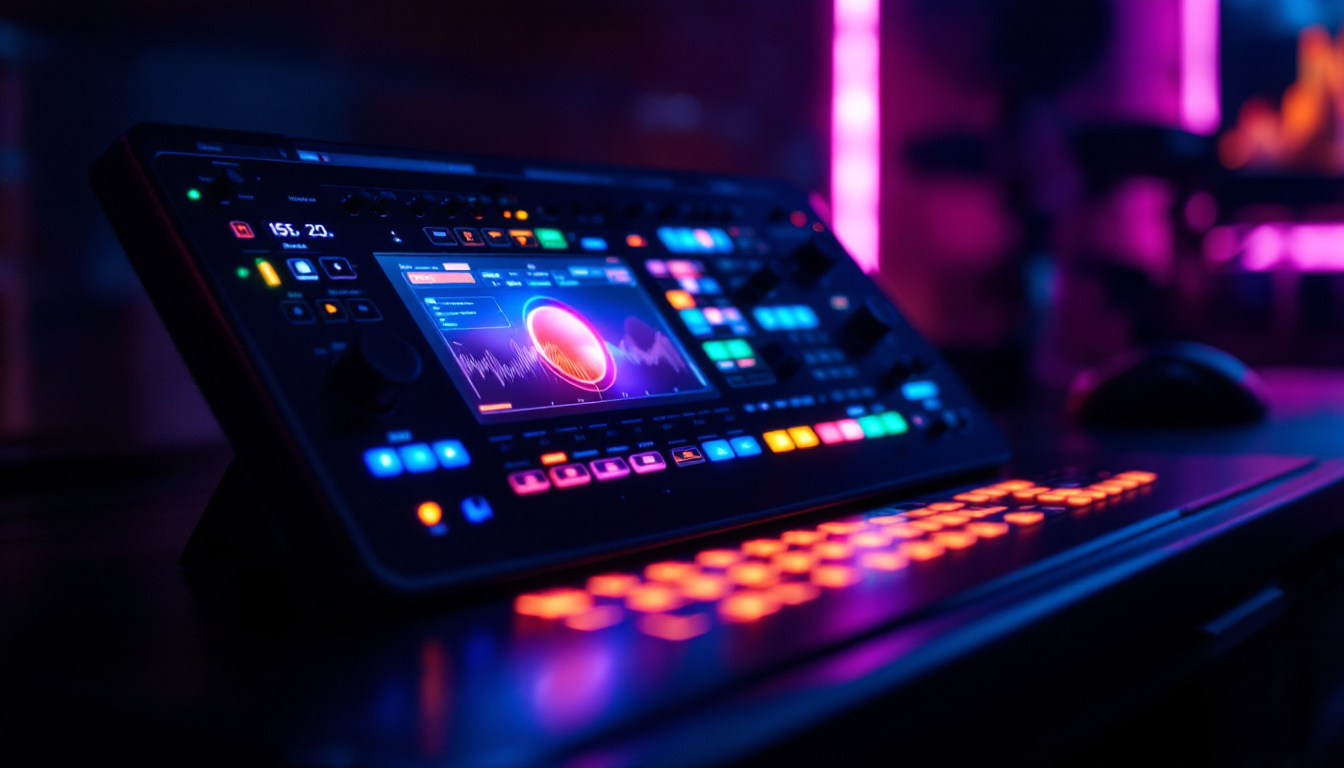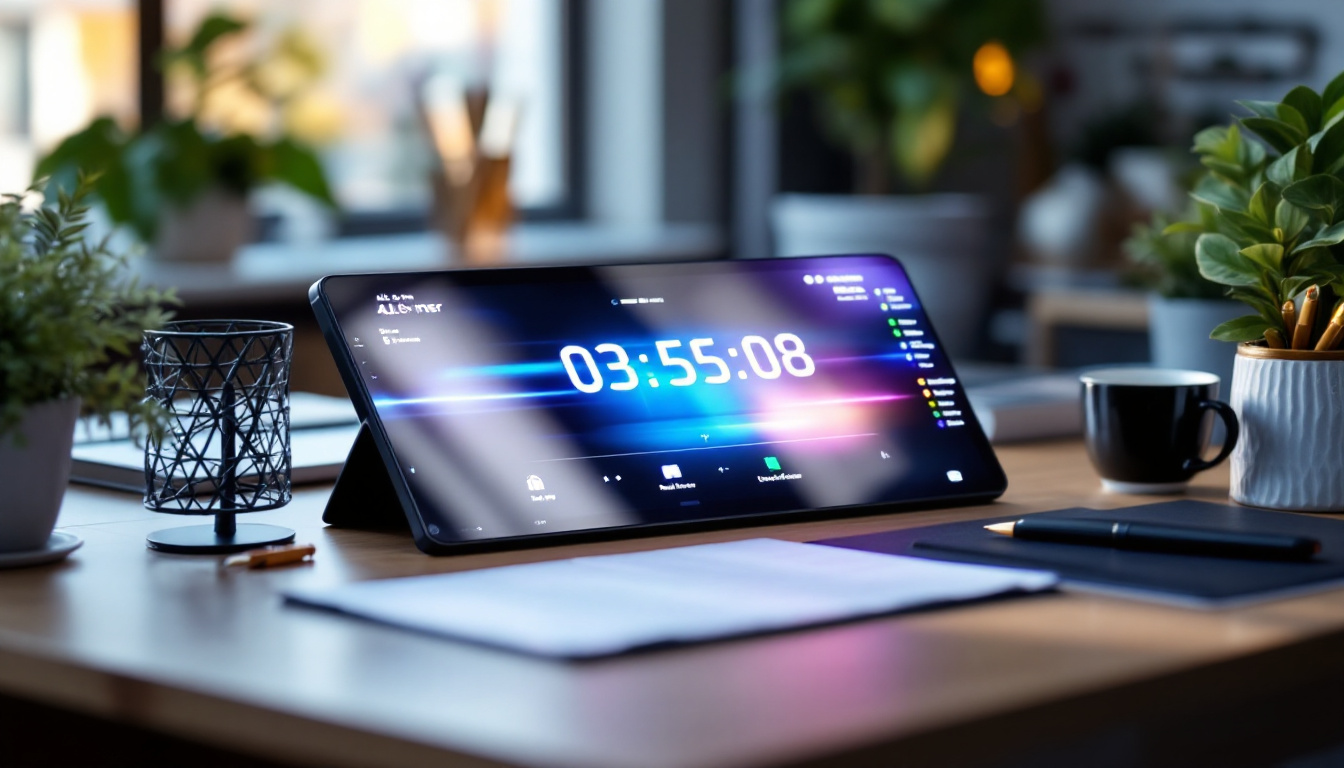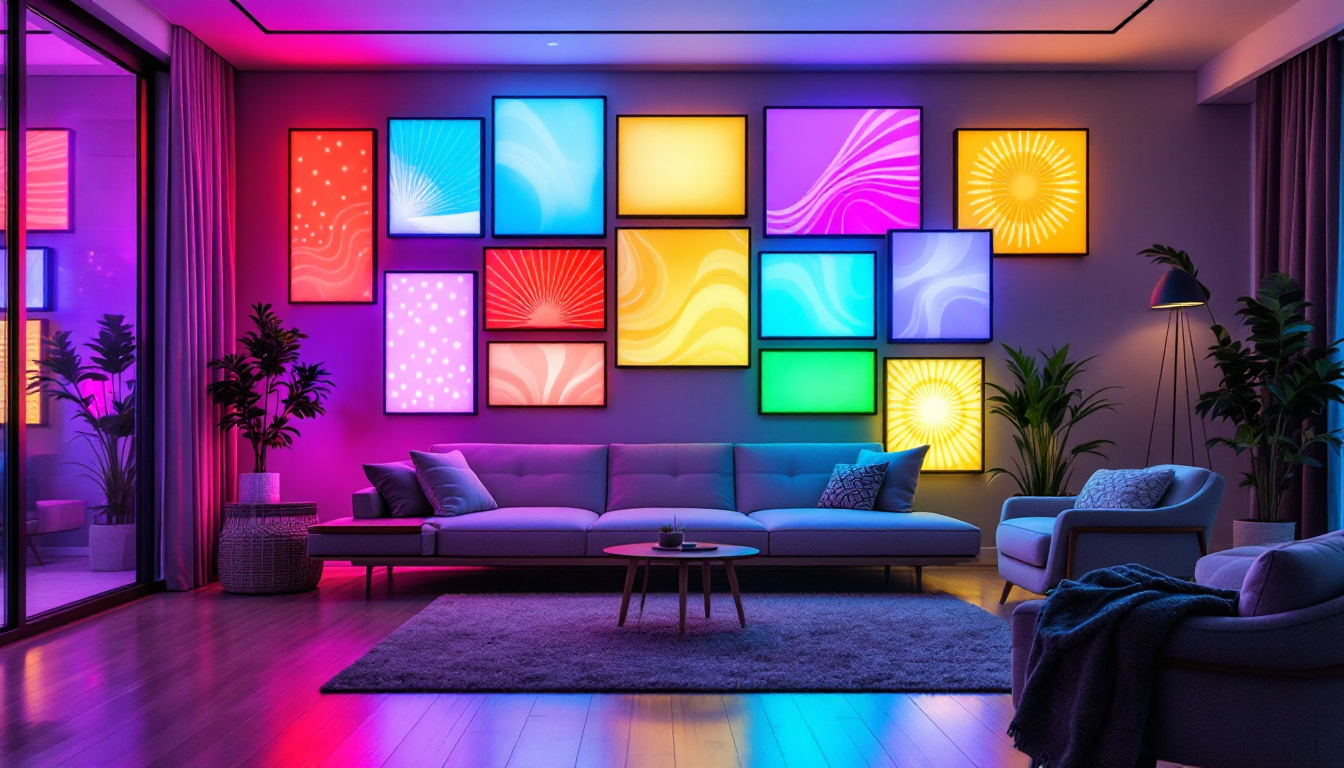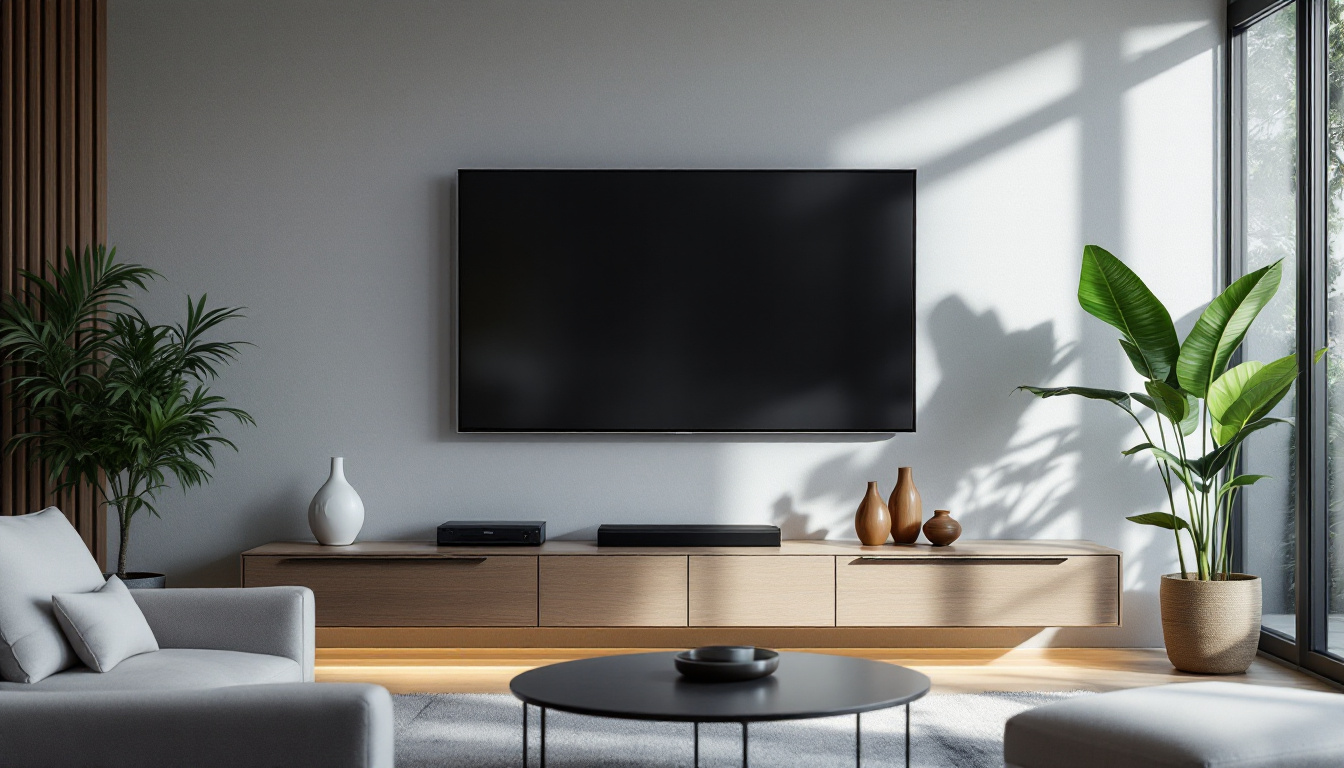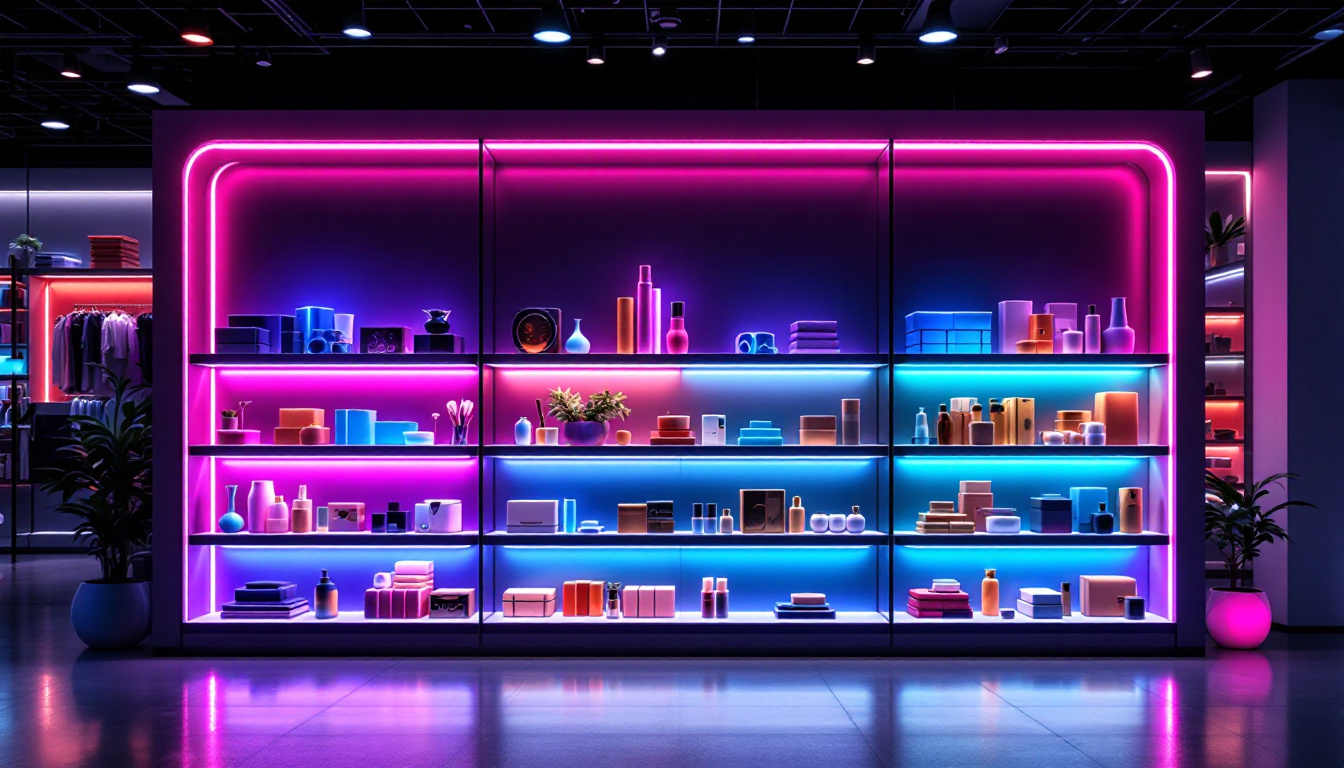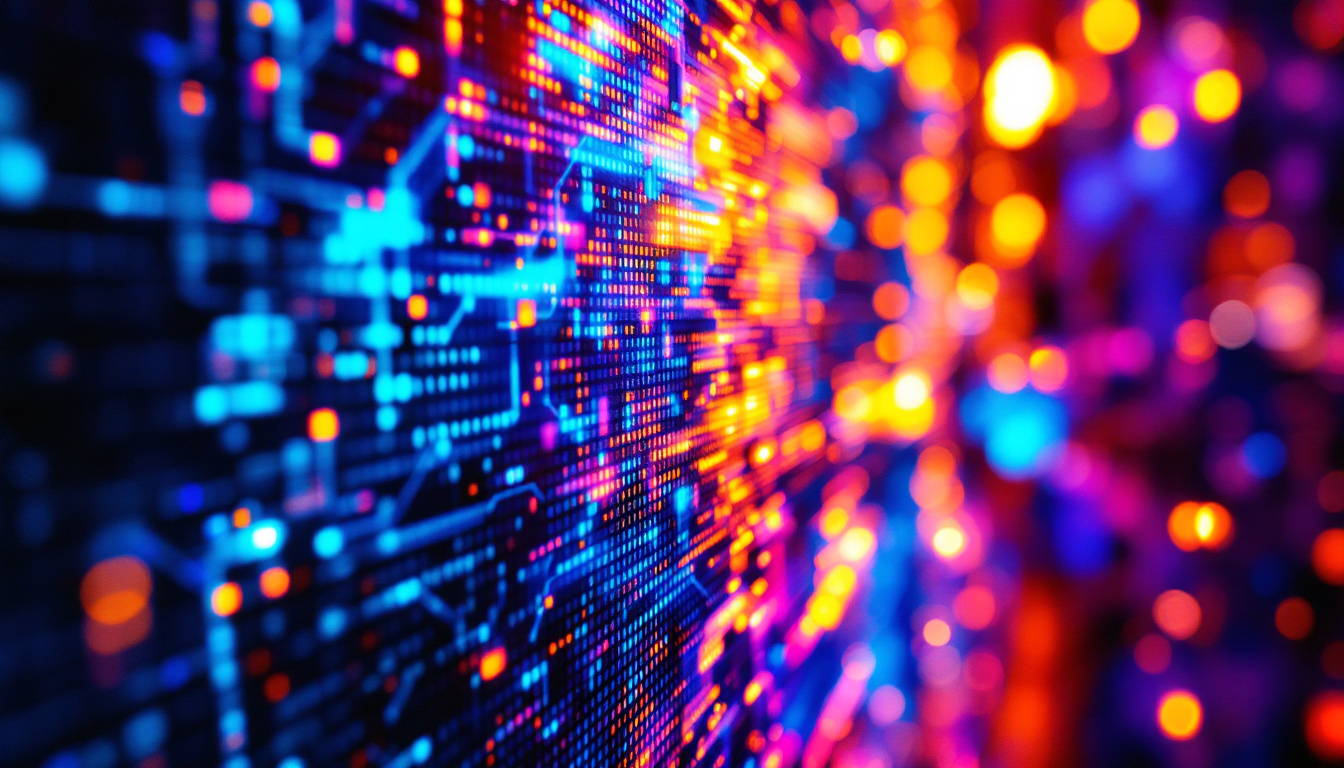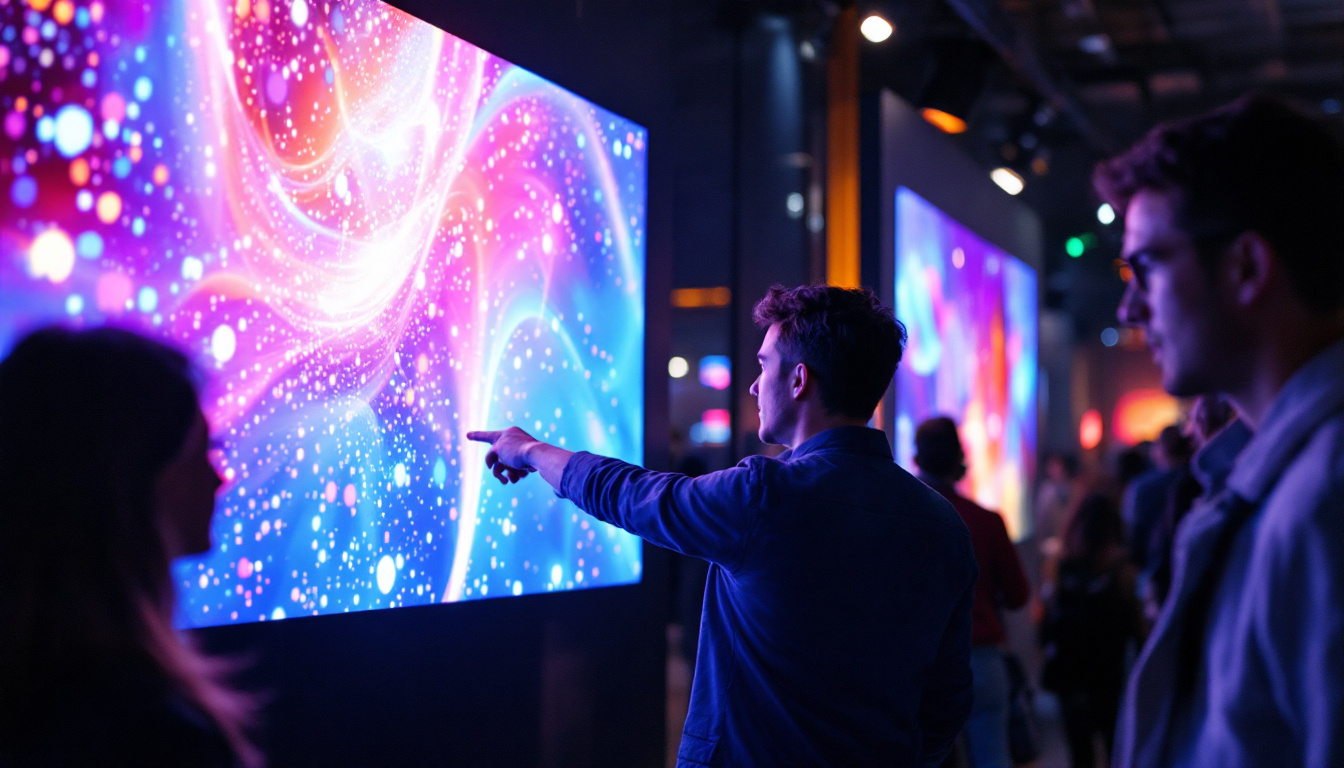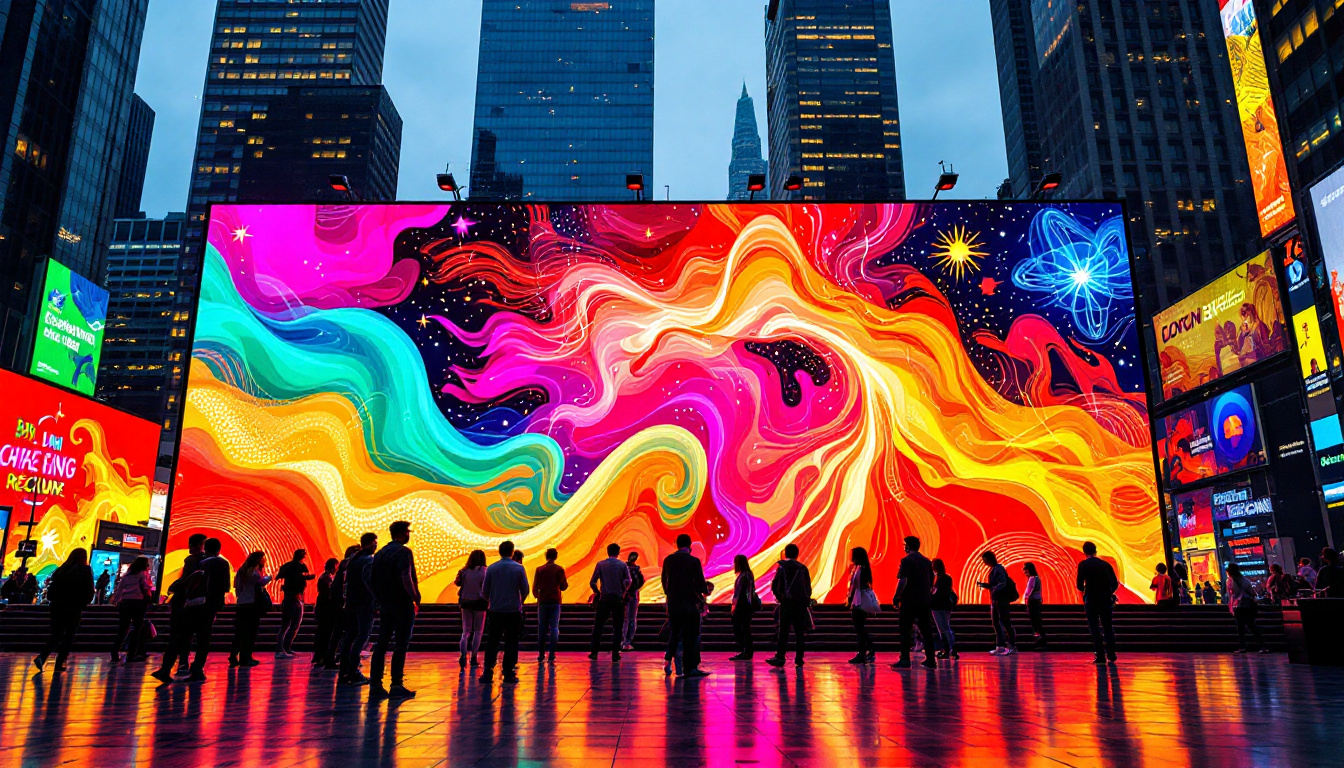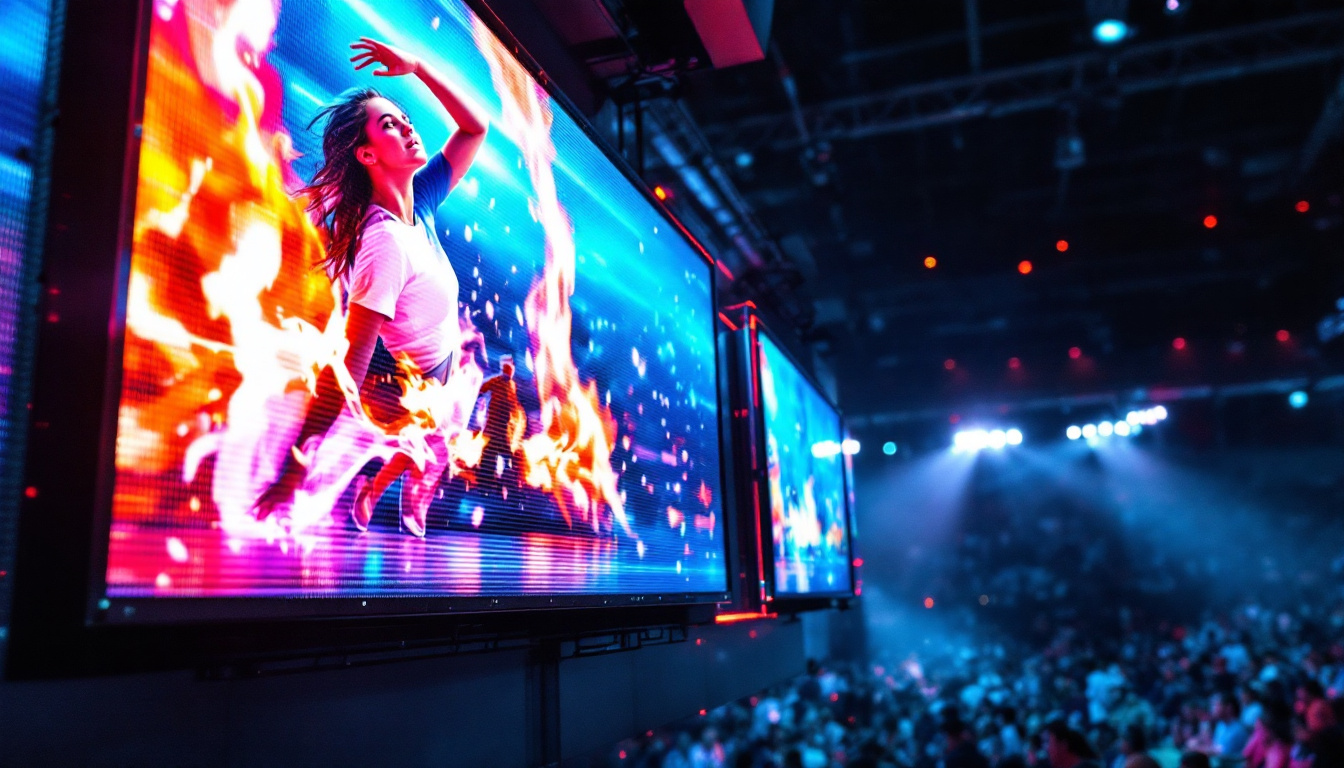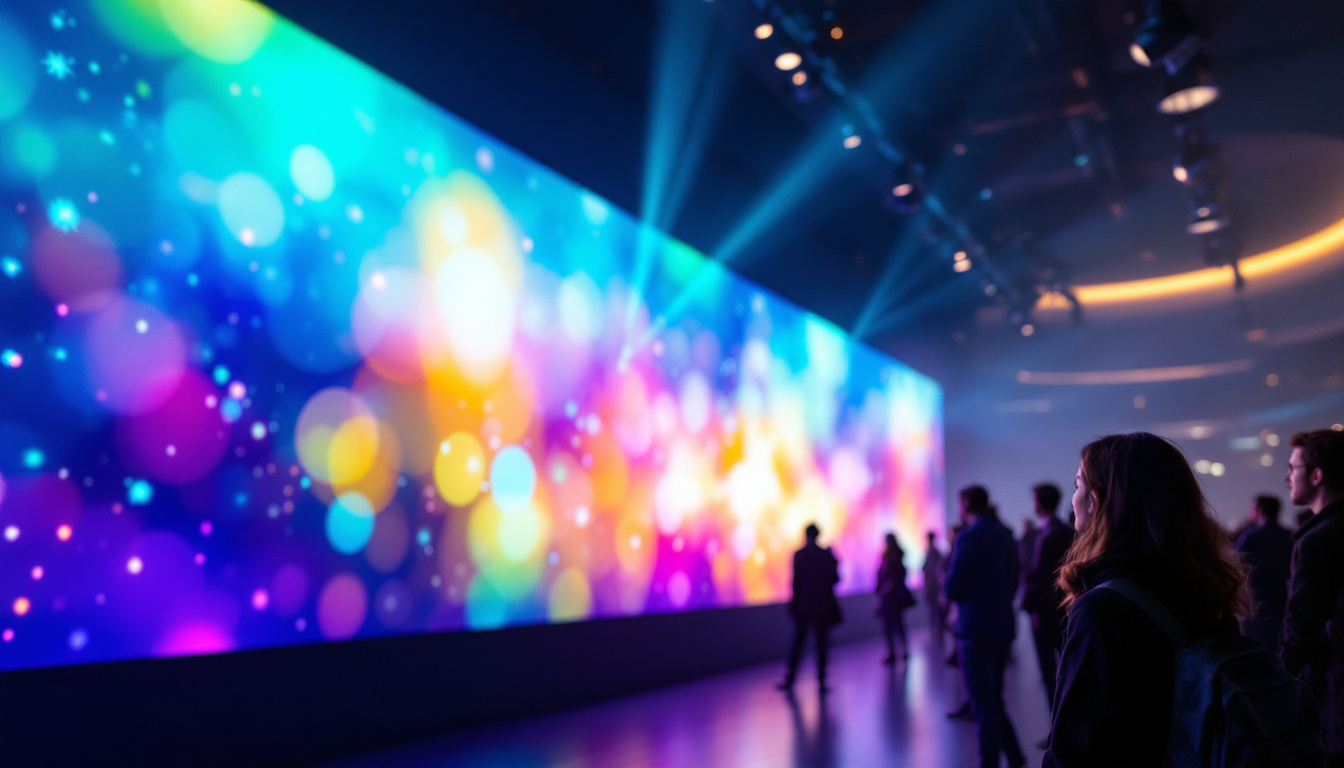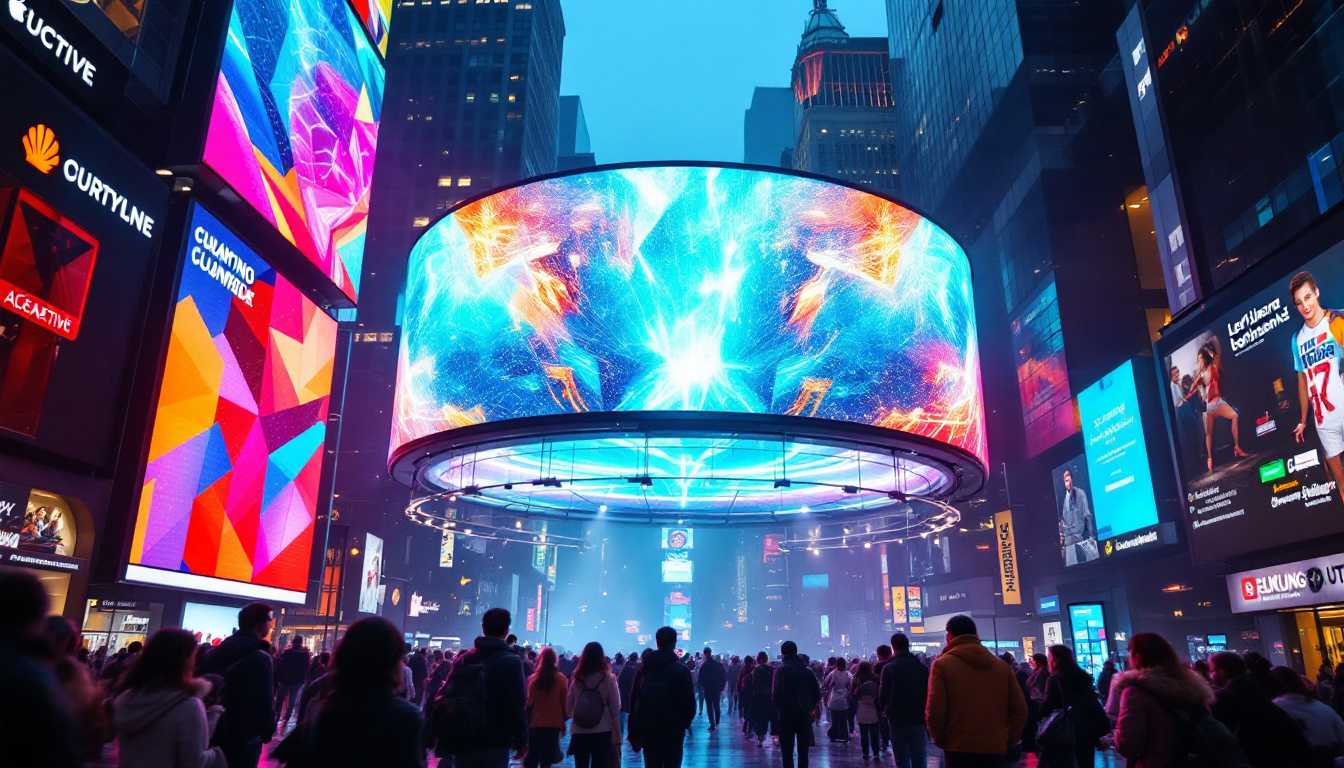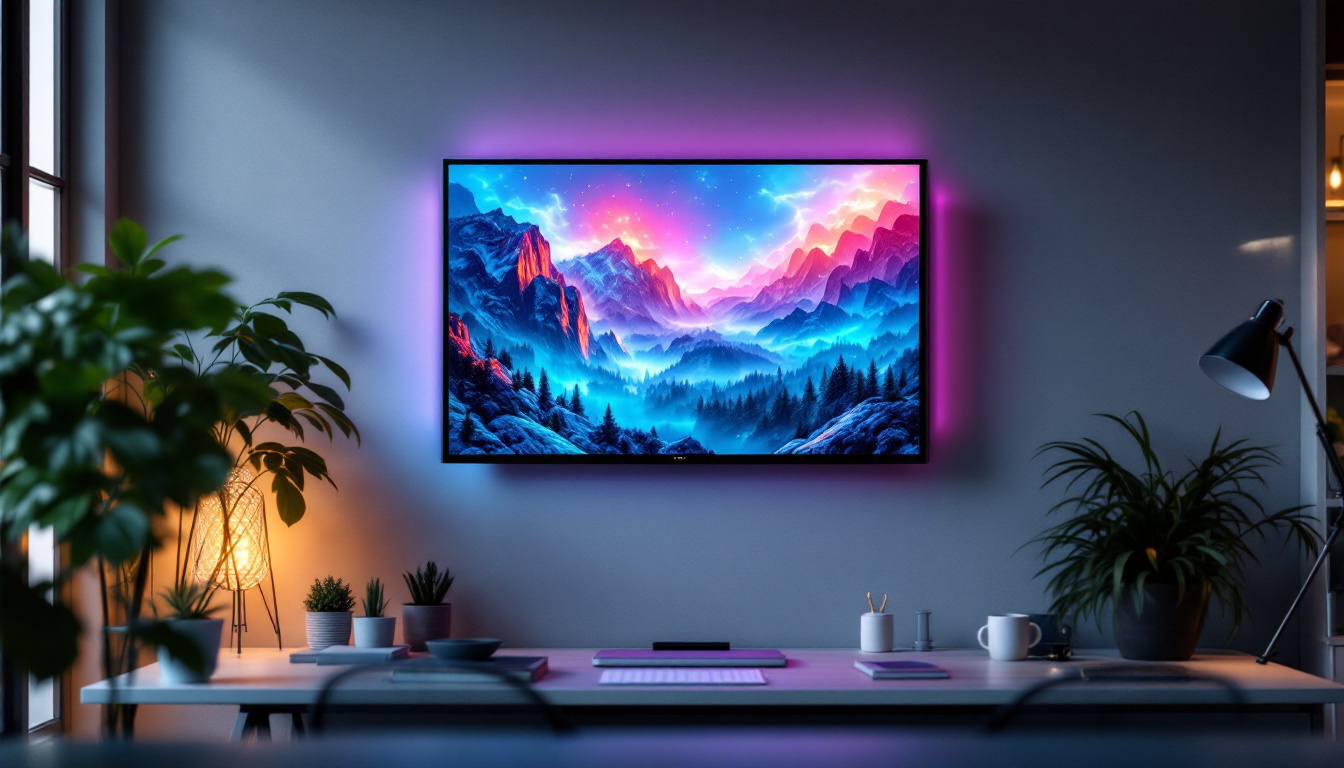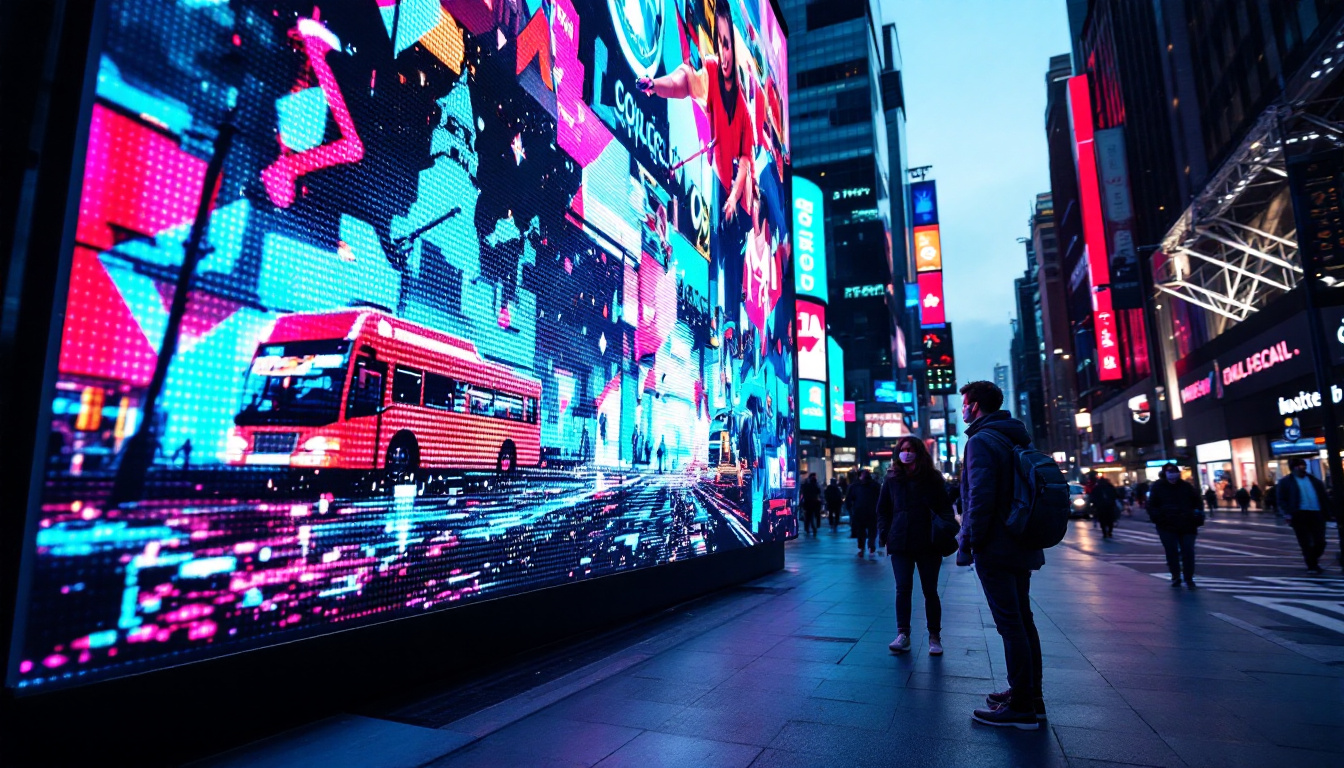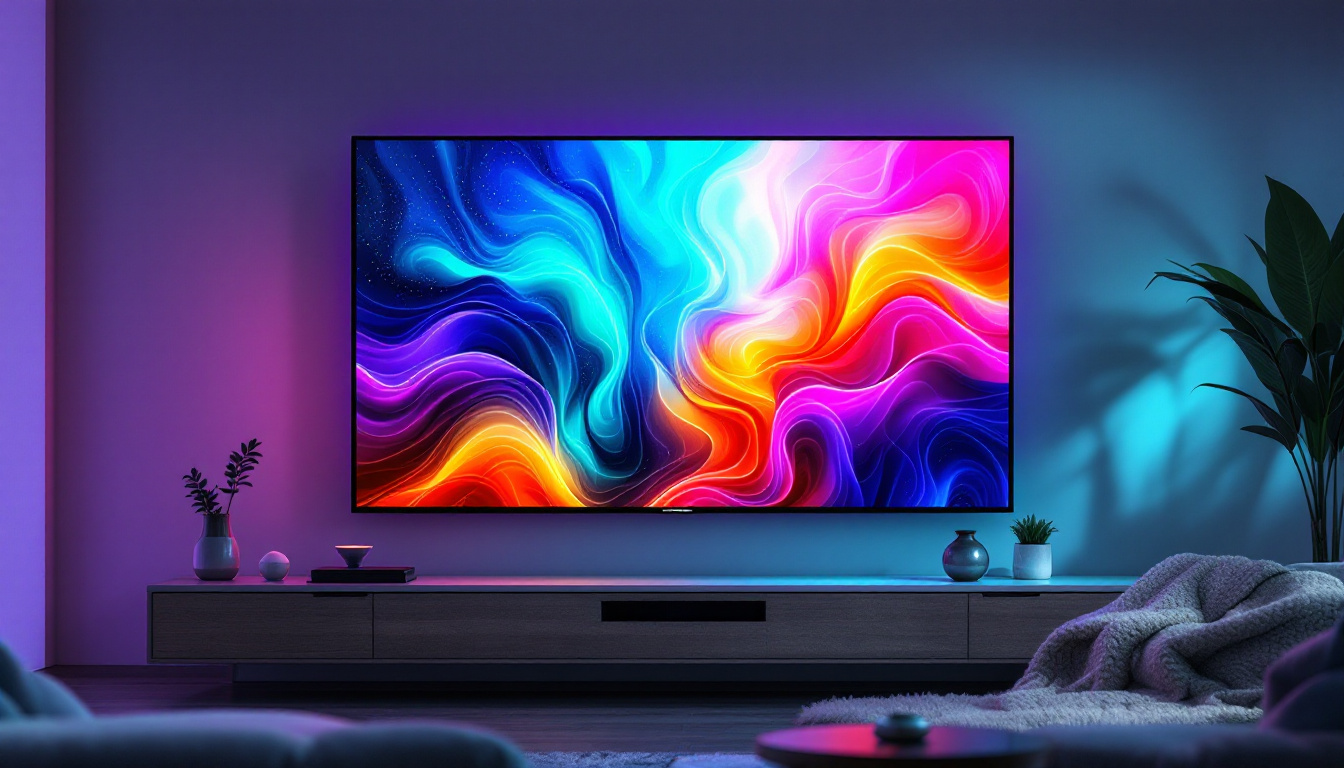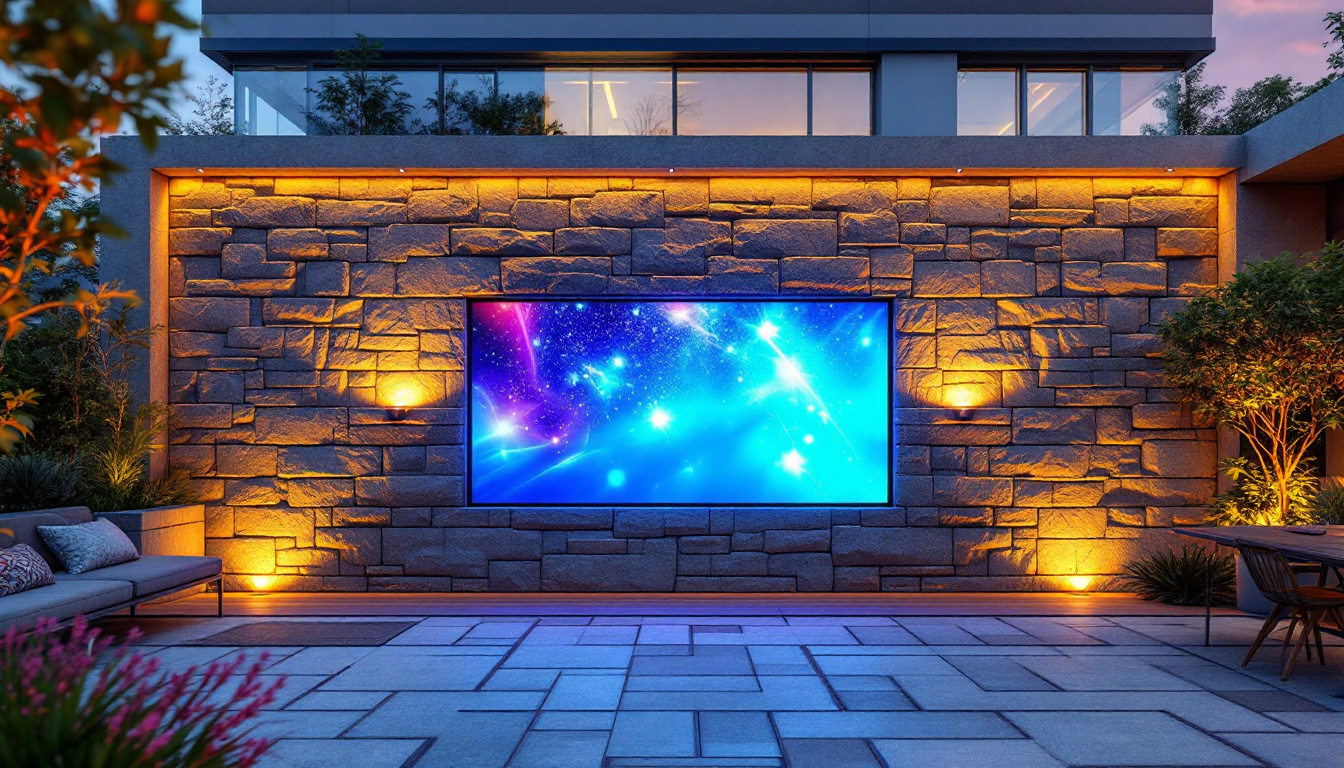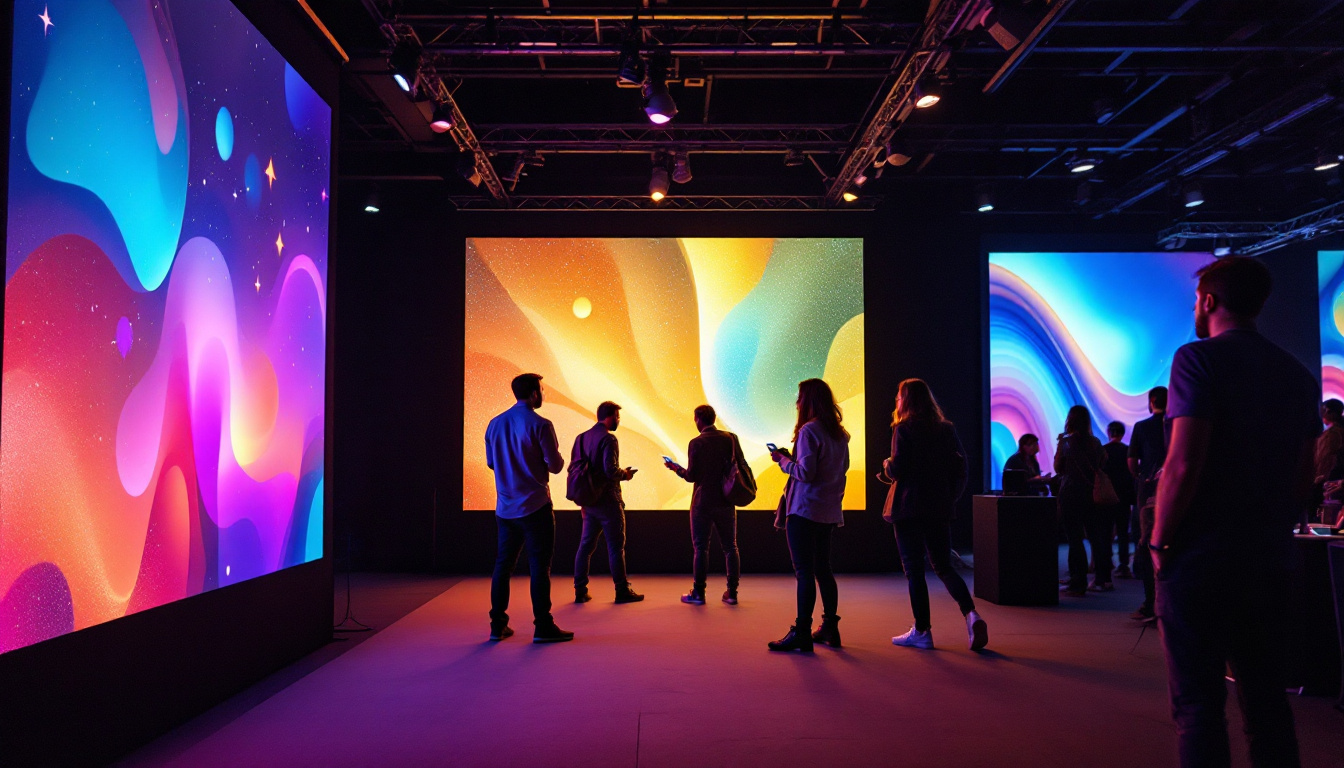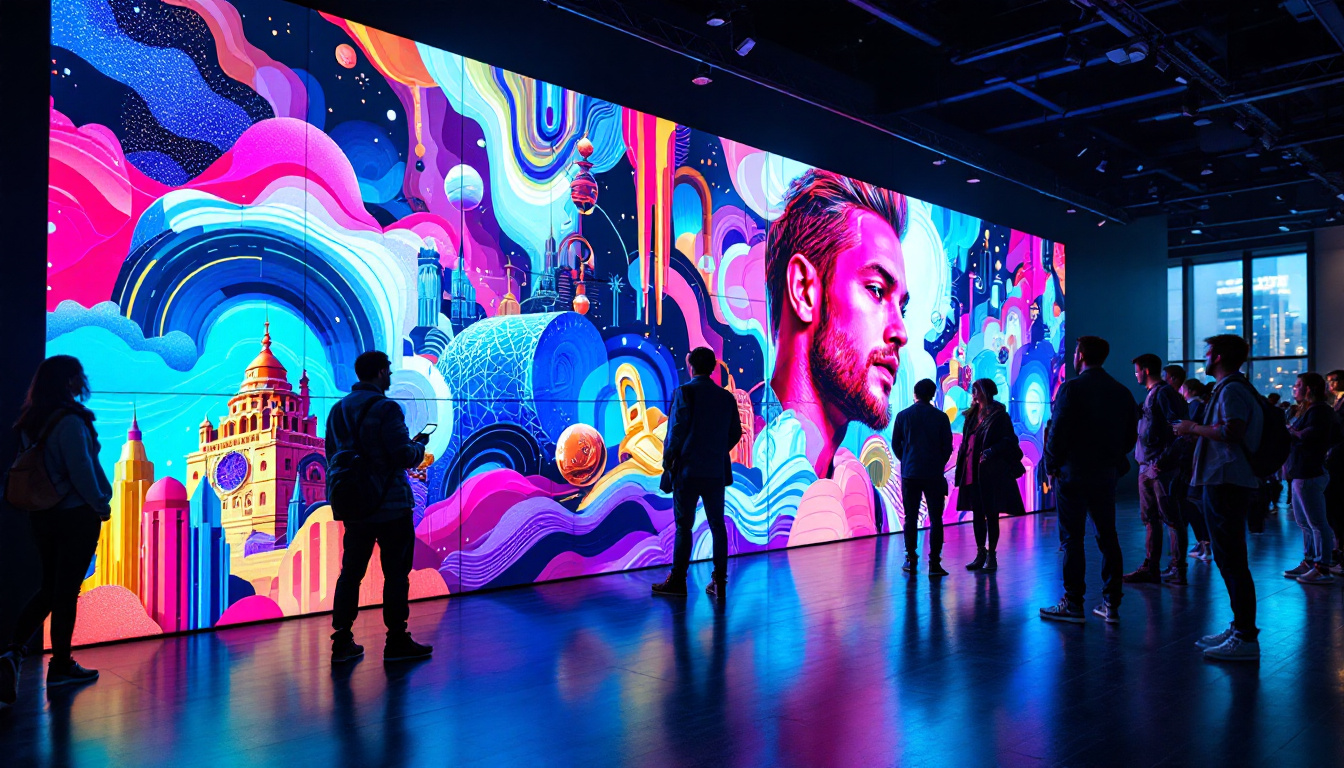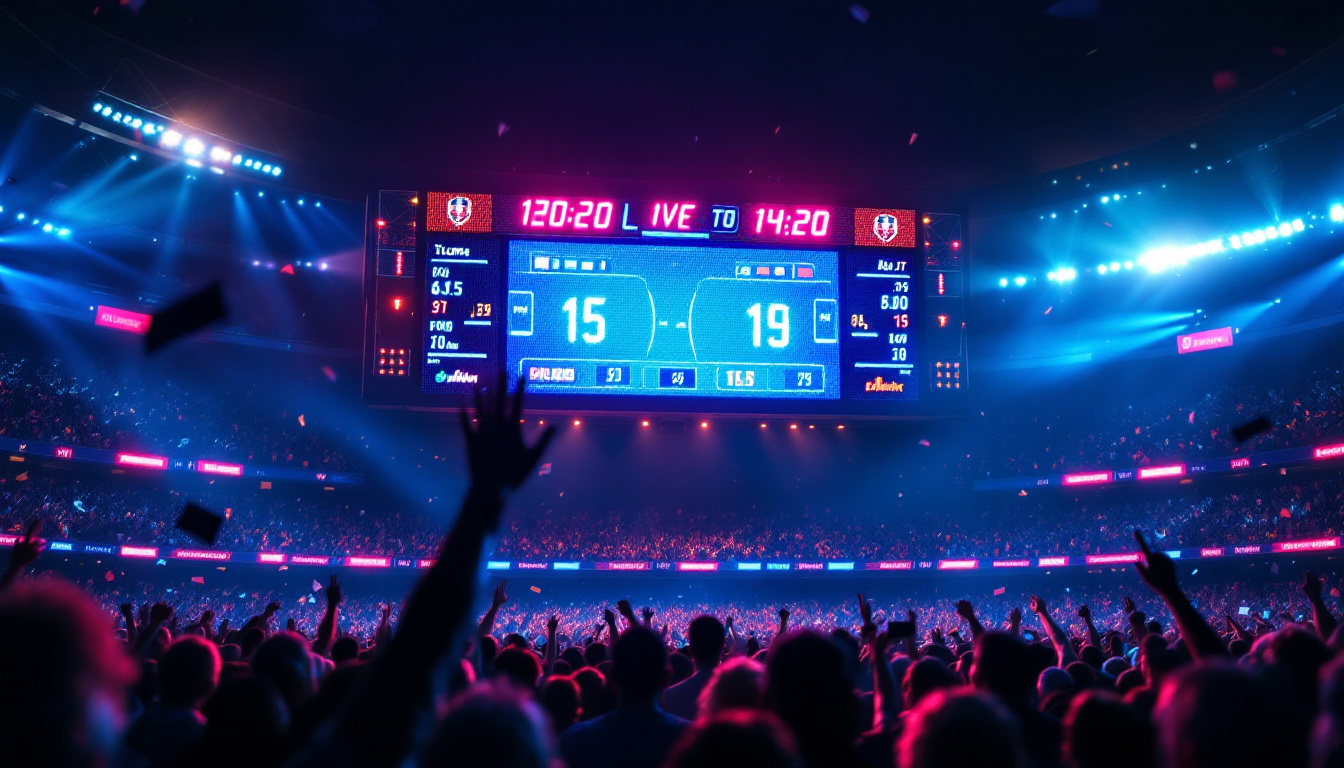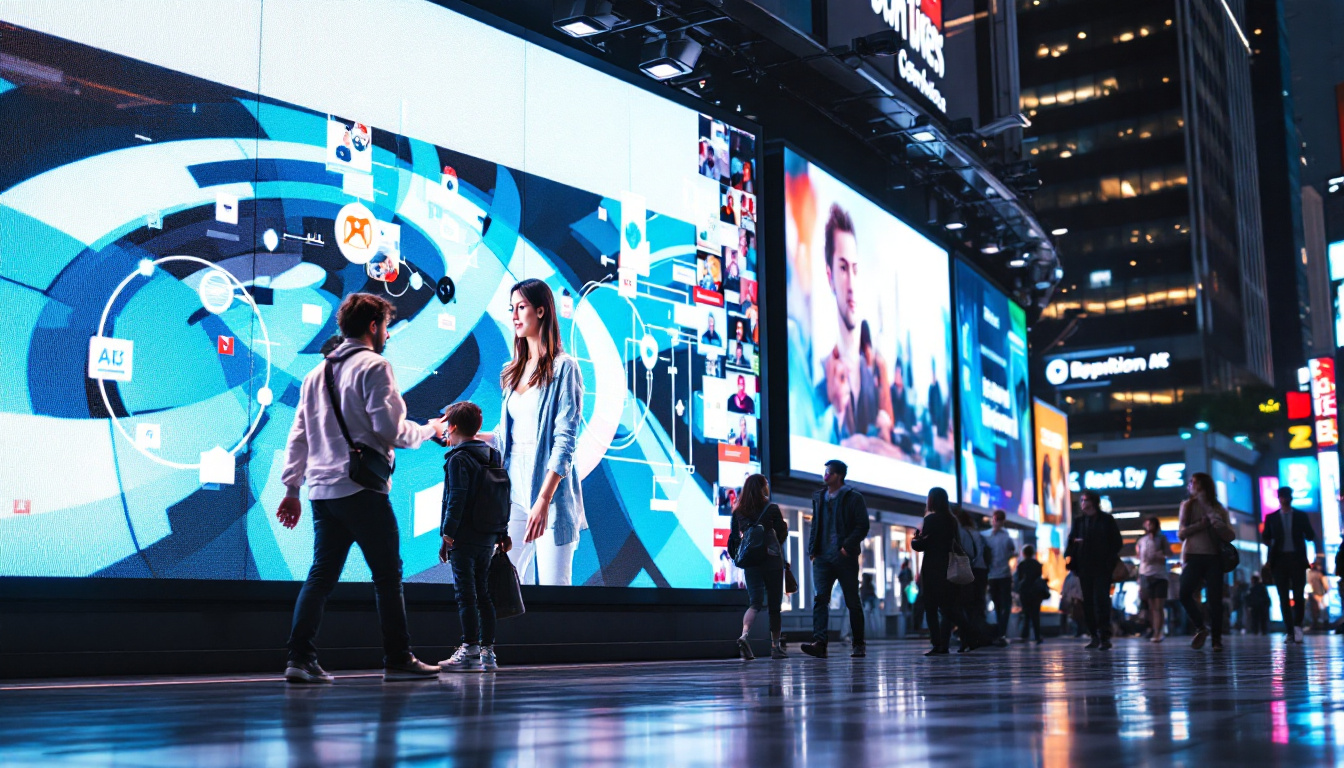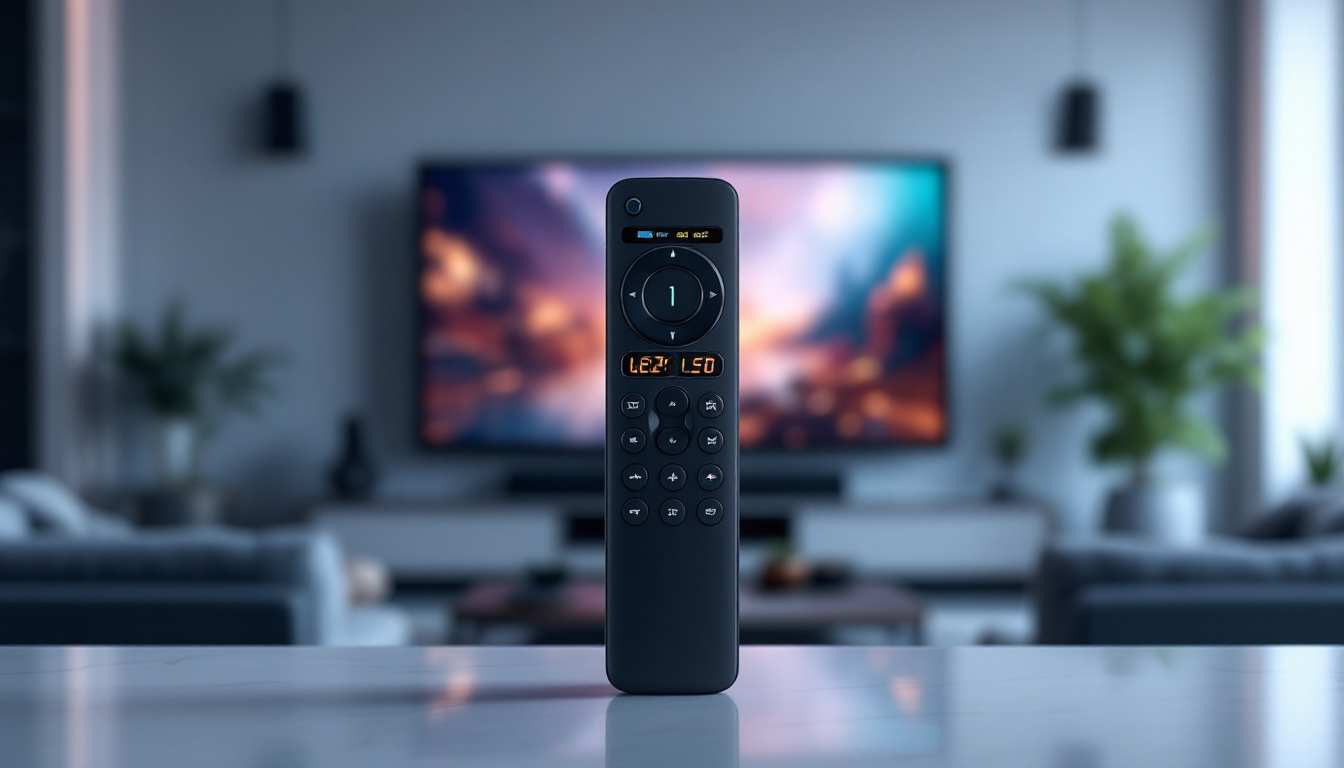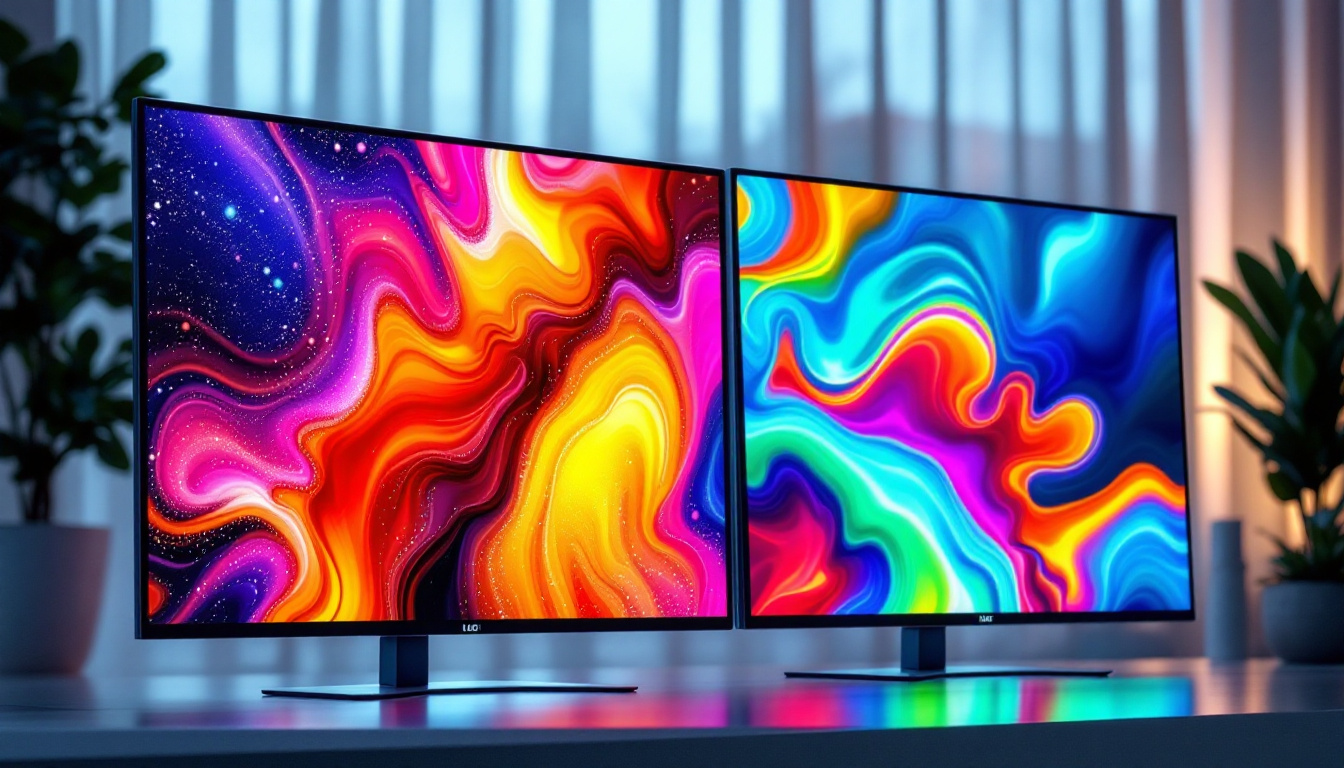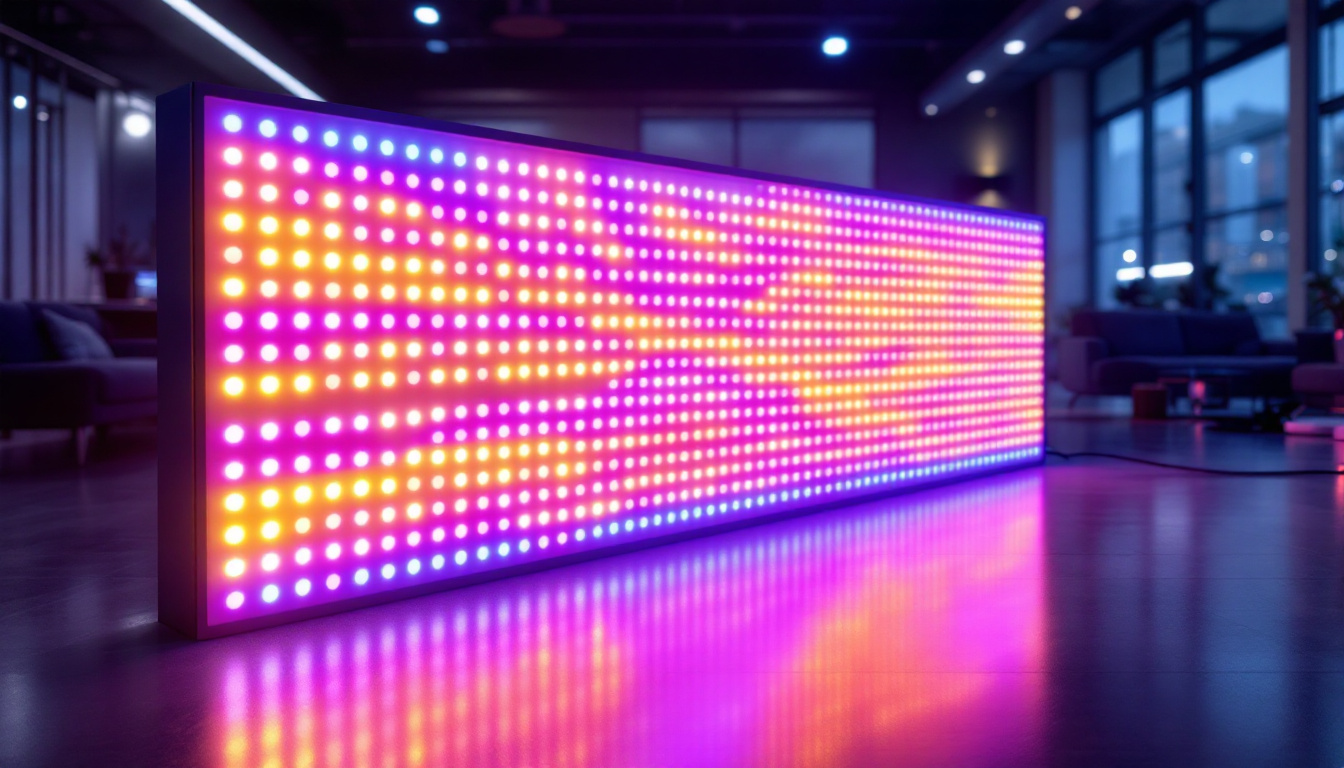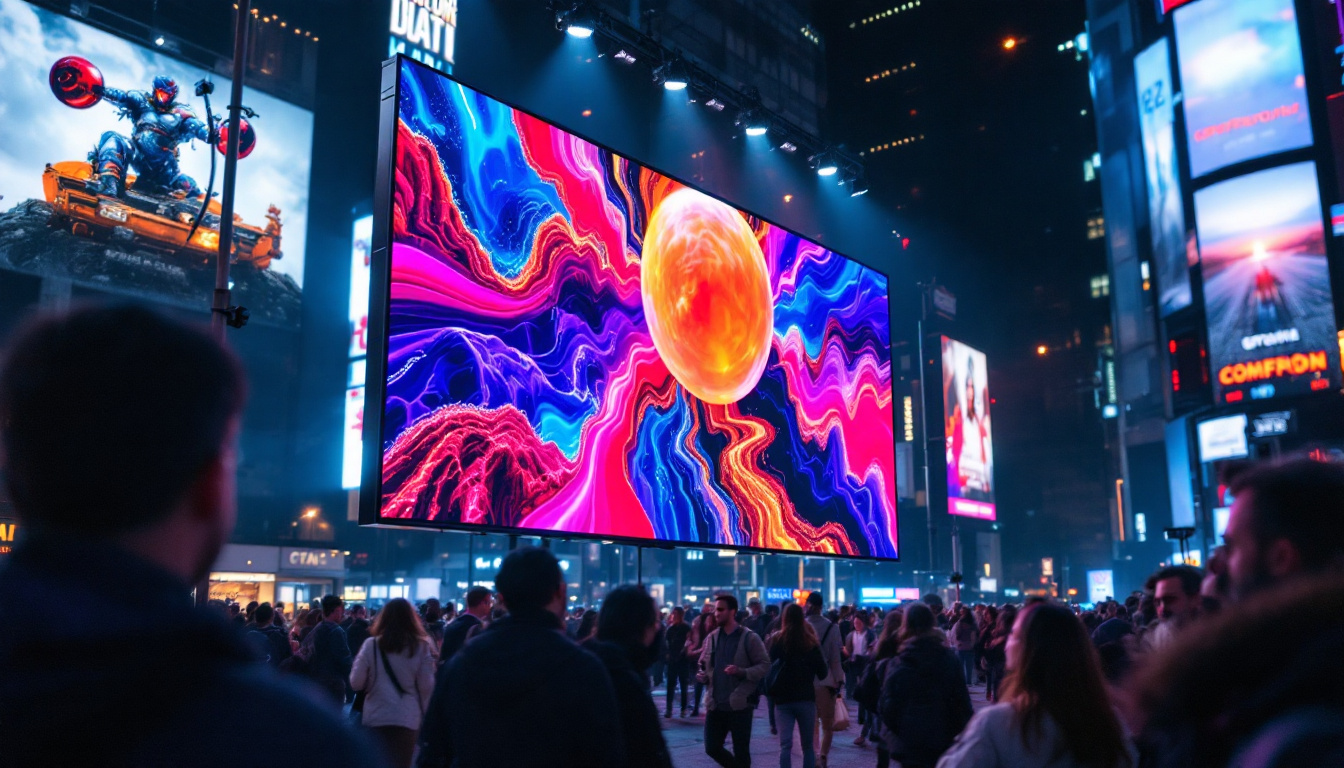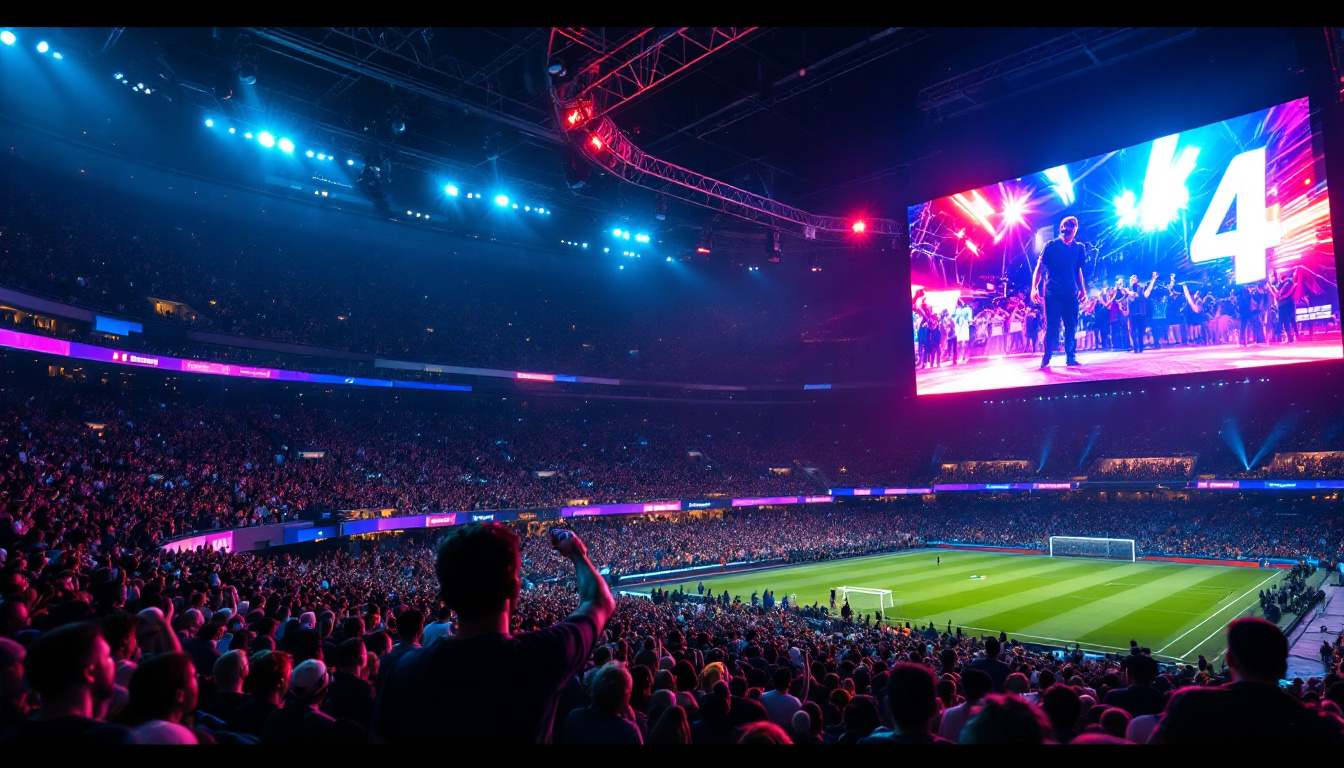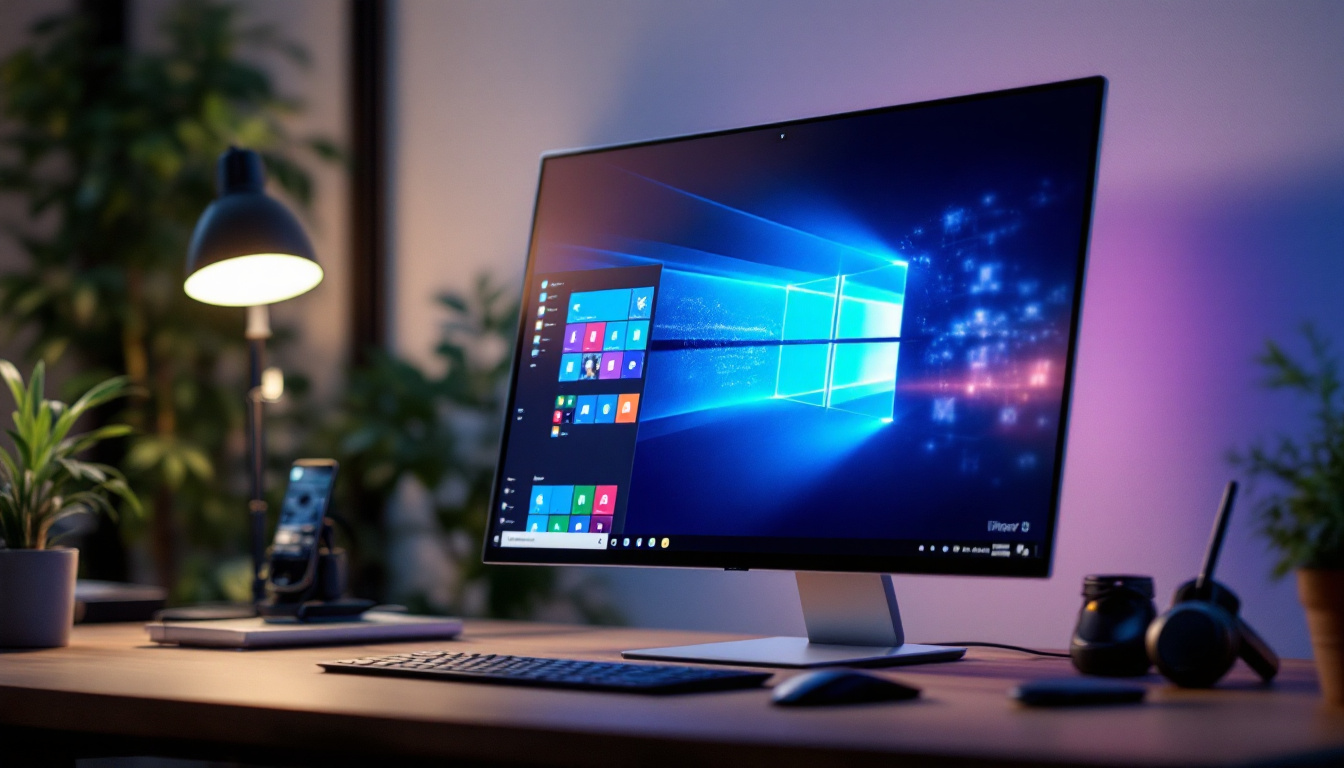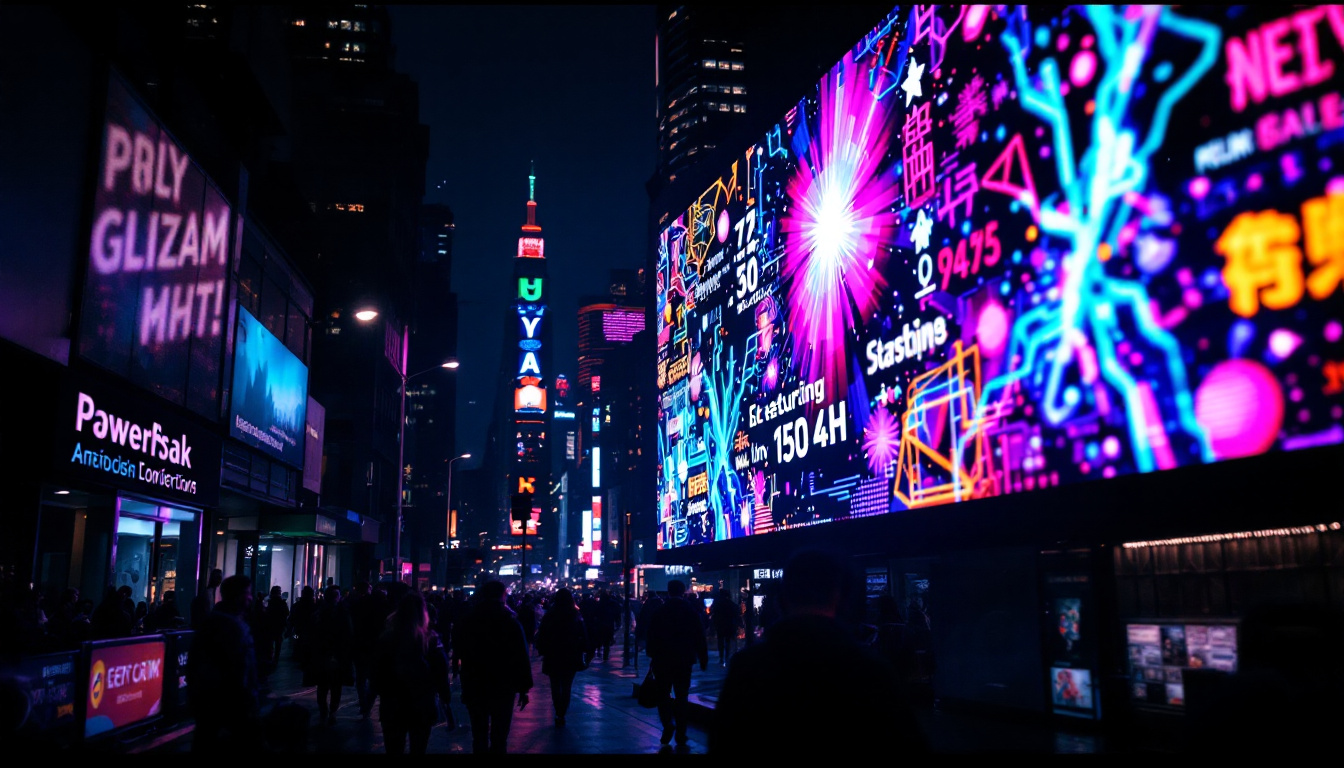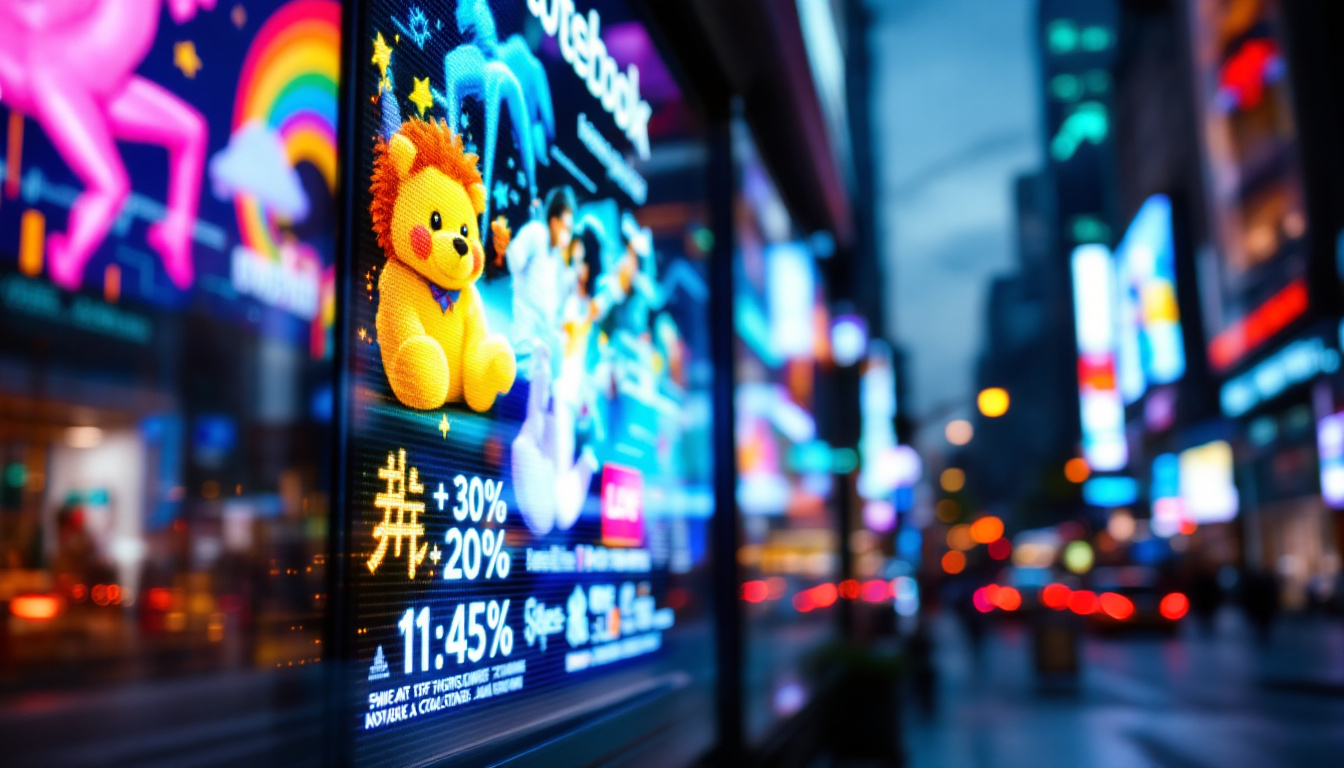In an era where visual communication has become paramount, LED displays have emerged as a powerful tool for conveying information, advertising, and entertainment. At the heart of these displays lies the LED control box, a crucial component that manages the operation and functionality of the display. This article delves into the intricacies of LED control boxes, exploring their significance, functionality, and the technology behind them.
Understanding LED Displays
LED displays are ubiquitous in modern society, found in everything from billboards to stadium screens. These displays utilize light-emitting diodes (LEDs) to produce vibrant images and text. The technology behind LED displays has evolved significantly, leading to enhanced brightness, color accuracy, and energy efficiency.
Types of LED Displays
There are various types of LED displays, each designed for specific applications. Indoor LED displays are typically used in environments such as shopping malls and conference centers, where high resolution and close viewing distances are essential. Outdoor LED displays, on the other hand, are built to withstand weather conditions while providing visibility from a distance.
Additionally, there are full-color LED displays that utilize RGB (red, green, blue) LEDs to create a spectrum of colors, and monochrome displays that use a single color. Each type serves unique purposes, making the choice of display critical for effective communication.
How LED Displays Work
At a fundamental level, LED displays consist of a matrix of pixels, each made up of individual LEDs. When electrical current passes through these diodes, they emit light. The intensity and color of the light can be controlled by adjusting the voltage and current supplied to each LED.
digital images are converted into a format that the LED display can understand, allowing the control box to manage which LEDs are lit and to what intensity. This process involves complex algorithms and software that ensure the display operates smoothly and efficiently.
The Role of the LED Control Box
The LED control box is the brain behind the LED display. It serves multiple functions, including signal processing, power management, and data transmission. Understanding its role is crucial for anyone looking to utilize LED technology effectively.
Signal Processing
Signal processing is one of the primary functions of the LED control box. It receives input signals from various sources, such as computers or media players, and converts them into a format suitable for the LED display. This involves decoding video signals, adjusting resolution, and ensuring that the display operates in sync with the input source.
Advanced control boxes can also process multiple input signals simultaneously, allowing for dynamic content changes and seamless transitions. This capability is particularly beneficial for live events where real-time updates are essential.
Power Management
Power management is another critical aspect of the LED control box. LED displays consume significant amounts of electricity, and the control box is responsible for regulating power distribution to ensure optimal performance. It monitors the power supply, preventing overloads and ensuring that each LED receives the correct voltage.
Moreover, modern control boxes often incorporate energy-saving features, allowing for reduced power consumption during periods of low activity. This not only extends the lifespan of the display but also contributes to lower operational costs.
Data Transmission
Data transmission is vital for the functionality of LED displays, especially in large-scale installations. The control box facilitates communication between the display and external devices, ensuring that content is updated efficiently. This can involve wired connections, such as Ethernet, or wireless technologies, depending on the installation’s requirements.
Some advanced control boxes also support cloud-based content management systems, enabling users to update displays remotely and schedule content changes from anywhere in the world. This flexibility is a game-changer for businesses and organizations that rely on timely information dissemination.
Components of an LED Control Box
The LED control box comprises several key components, each playing a vital role in the overall functionality of the display. Understanding these components can provide insights into how the system operates and what to consider when selecting a control box for specific applications.
Microcontroller
At the core of the LED control box is the microcontroller, which acts as the central processing unit. It interprets incoming signals, processes data, and sends commands to the LED matrix. The microcontroller’s capabilities directly impact the control box’s performance, influencing factors such as processing speed and the complexity of content that can be displayed.
Power Supply Unit (PSU)
The power supply unit is responsible for converting AC power from the wall outlet into the DC power required by the LED display. It ensures that the correct voltage and current are supplied to the microcontroller and LEDs, maintaining stable operation. A high-quality PSU is essential for preventing flickering and ensuring consistent brightness across the display.
Communication Interfaces
Communication interfaces are crucial for connecting the control box to external devices. Common interfaces include HDMI, DVI, VGA, and Ethernet. The choice of interface can affect the quality of the transmitted signal and the distance over which it can be sent. For larger installations, using Ethernet allows for longer cable runs and easier integration into existing network infrastructures.
Choosing the Right LED Control Box
Selecting the appropriate LED control box is vital for maximizing the performance and functionality of an LED display. Several factors should be considered to ensure that the chosen control box meets the specific needs of the application.
Display Size and Resolution
The size and resolution of the LED display are primary considerations when choosing a control box. Larger displays with higher resolutions require more processing power and memory to handle the increased data load. It is crucial to select a control box that can support the specific resolution and pixel pitch of the display to ensure optimal image quality.
Content Requirements
Understanding the type of content that will be displayed is equally important. For static images and text, a basic control box may suffice. However, for dynamic content, such as videos or live feeds, a more advanced control box with higher processing capabilities and faster data transmission rates will be necessary. This ensures smooth playback and reduces latency.
Budget Considerations
Budget constraints are a reality for many organizations. While it may be tempting to opt for the cheapest option, investing in a quality LED control box can lead to better performance and longevity. It is essential to balance cost with features and capabilities, ensuring that the selected control box meets both current and future needs.
Common Applications of LED Displays
LED displays, powered by sophisticated control boxes, find applications across various industries. Their versatility and effectiveness make them suitable for a wide range of uses, from advertising to information dissemination.
Advertising and Marketing
One of the most common applications of LED displays is in advertising and marketing. Businesses utilize large outdoor LED screens to promote products, services, and events. The vibrant colors and dynamic content capture the attention of passersby, making them an effective tool for brand promotion.
Indoor LED displays are also popular in retail environments, where they can showcase promotions, new arrivals, and interactive content that engages customers. The ability to change content quickly allows businesses to adapt their messaging to meet changing market conditions.
Event and Entertainment Venues
LED displays play a pivotal role in event and entertainment venues, enhancing the experience for audiences. Concerts, sports events, and conferences often feature large LED screens that display live feeds, graphics, and information. The control boxes managing these displays ensure that content is synchronized with the event, providing a seamless experience for attendees.
In addition to enhancing the visual experience, LED displays can also serve practical purposes, such as displaying schedules, directions, and safety information during events.
Public Information and Transportation
public information displays, such as those found in transportation hubs, utilize LED technology to convey real-time information to passengers. Train and bus stations often feature LED screens that display arrival and departure times, delays, and other important announcements.
The reliability and visibility of LED displays make them ideal for these applications, ensuring that information is communicated clearly and promptly to the public.
Future Trends in LED Control Technology
The field of LED technology is continually evolving, with advancements in control technology paving the way for more innovative applications. Staying abreast of these trends can help organizations leverage the latest developments for enhanced performance and functionality.
Smart Control Systems
As the Internet of Things (IoT) continues to expand, smart control systems for LED displays are becoming increasingly popular. These systems allow for remote monitoring and management of displays, enabling users to make adjustments in real-time. This capability is particularly beneficial for organizations with multiple displays across different locations.
Smart control systems can also integrate with analytics tools, providing insights into viewer engagement and content effectiveness. This data-driven approach allows organizations to optimize their messaging and improve overall performance.
Enhanced Color Accuracy and Brightness
Advancements in LED technology are leading to improved color accuracy and brightness levels. New materials and manufacturing techniques are being developed to create LEDs that can display a wider range of colors and achieve higher brightness levels without compromising energy efficiency.
These enhancements will allow for more vibrant displays that can be viewed in various lighting conditions, expanding the potential applications of LED technology.
Integration with Augmented and Virtual Reality
As augmented reality (AR) and virtual reality (VR) technologies gain traction, the integration of LED displays with these systems is becoming a reality. LED displays can serve as immersive environments for AR and VR applications, providing a dynamic backdrop that enhances user experiences.
This trend opens up new possibilities for entertainment, education, and training, allowing users to engage with content in innovative ways.
Conclusion
The LED control box is a vital component of LED display technology, serving as the central hub that manages signal processing, power distribution, and data transmission. Understanding its role and functionality is essential for anyone looking to harness the power of LED displays effectively.
As LED technology continues to evolve, staying informed about the latest trends and advancements will be crucial for organizations aiming to leverage these tools for communication, advertising, and entertainment. With the right control box and display, the possibilities for engaging audiences are virtually limitless.
Discover LumenMatrix’s Advanced LED Display Solutions
Ready to elevate your visual communication with the latest in LED display technology? LumenMatrix offers a comprehensive range of LED display modules designed to bring your brand to life. From Indoor and Outdoor LED Walls to innovative solutions like Vehicle Displays, LED Posters, and Transparent Displays, our products are crafted to captivate and engage your audience. Experience the future of digital signage with LumenMatrix and transform the way you share your message. Check out LumenMatrix LED Display Solutions today and see the difference for yourself.

